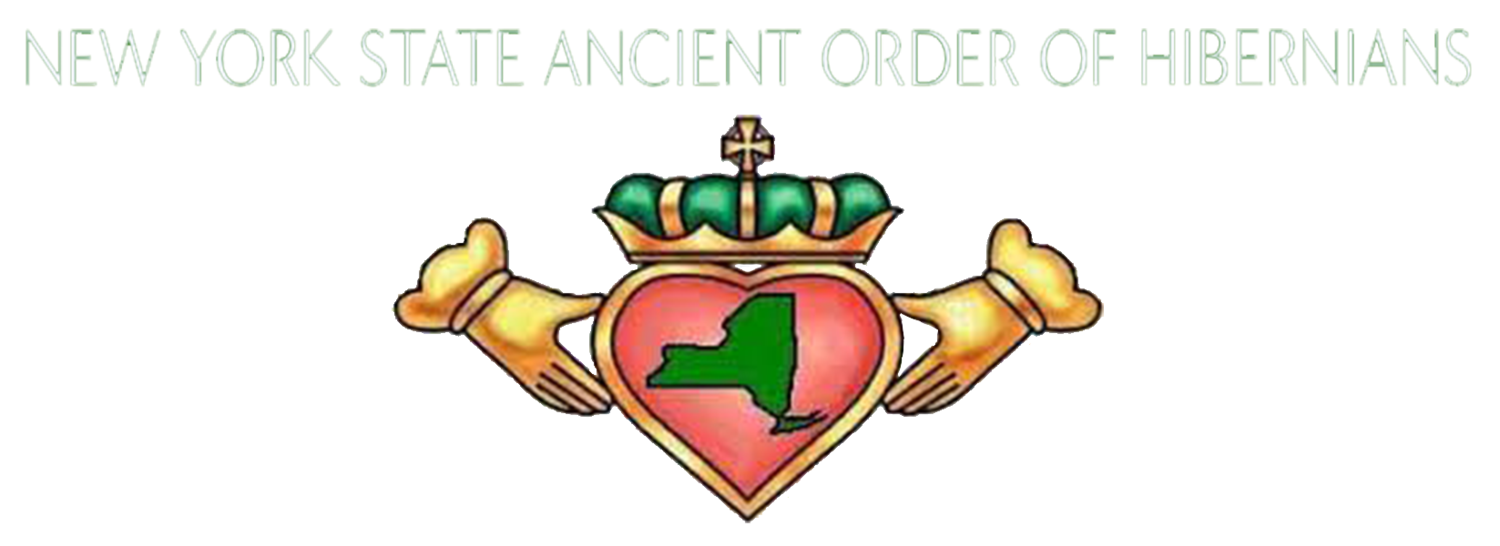The Easter Rising
On Easter Monday, April 24, 1916, Irish nationalists proclaimed the establishment of the Irish Republic and staged a rebellion against the British government in Ireland. The rebels seized the General Post Office and other buildings in Dublin and clashed with British troops. Early that afternoon, rebel leader Patrick Pearse read Forógra na Poblachta – The Proclamation of the Republic. The Easter Rising had begun.
By Saturday April 12 the insurrection had been brutally suppressed and executions of the leaders of the rebellion began. Initially, many Irish people resented the rebels for the destruction and death caused by the uprising. However, in May, fifteen leaders of the uprising were executed by firing squad. More than 3,000 people suspected of supporting the uprising were arrested, and 1,800 were sent to England and imprisoned there without trial. The rushed executions, mass arrests, and martial law turned public opinion in favor of the rebels and built support for the movement for Irish independence.
Several leaders of the Easter Rising had ties to New York:
James Connolly lived in Manhattan from 1903 to 1910. He returned to Ireland in 1910 and founded the Irish Citizens Army. During the Easter Rising Connolly was Commandant of the Dublin Brigade which made him the de-facto commander-in-chief. Michael Collins said of Connolly that he "would have followed him through hell.” Connolly was executed on May 12, 1916.
Tom Clarke grew up in County Tyrone and was jailed for life for the Fenian Uprising of 1881-1885. He was paroled in 1898 and moved to Brooklyn, then to a farm in Manorville, Suffolk County. He returned to Ireland in 1907 and was executed by the British on May 3, 1916.
Éamon de Valera was born in home for the destitute on Lexington Avenue in Manhattan. At two years old he was taken to Ireland to be raised by relatives in Limerick. During the Easter Rising forces commanded by de Valera occupied Boland's Mill. His execution was commuted to life imprisonment due to his American Citizenship.



